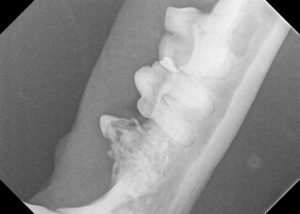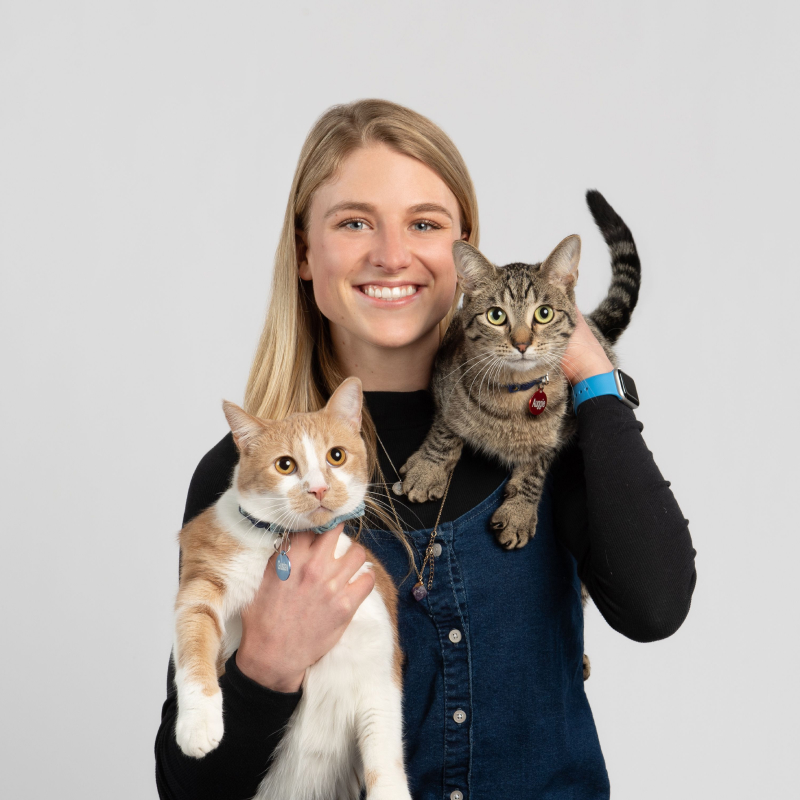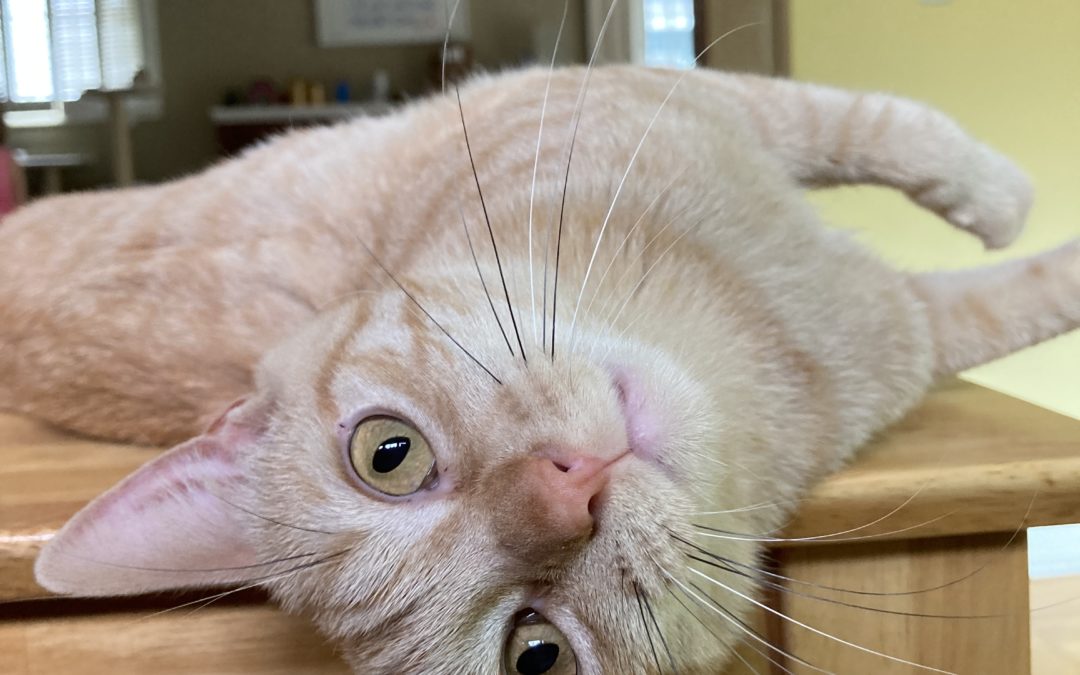Save the Date: St. Francis Animal Hospital’s 30th Anniversary Open House!
We are celebrating our 30th year of providing veterinary care to Roseville and our surrounding communities! Please come to our Open House on Sunday, September 18th from 1 pm to 4 pm to help us celebrate. We’ll have giveaways, educational demonstrations, fun activities for kids, and tours of both St. Francis Animal Hospital and Integrative Services. Because there will be a lot of people in attendance, we ask that pets please stay home, but we promise there will be plenty of goodies to bring home to them.

Feline Tooth Resorption: A Common Cause of Dental Pain in Cats
Feline tooth resorption, also known as Feline Odontoclastic Resorptive Lesions (FORLs), is a common dental concern for cats. Tooth resorption is a process in which the cat’s own body starts to erode and break down the structures of the tooth, eventually causing the root of the tooth to turn back into bone and the crown of the tooth to break off. Tooth resorption can affect the root of the tooth (where the lesions are not painful), the crown of the tooth (where the lesions cause painful exposure of the sensitive inner parts of the tooth), or both. Tooth resorption can result in chronic dental pain – think of it as a major toothache!
It is estimated that well over 50% of all cats will experience this disease at some point in their lives. Tooth resorptive lesions can be found in cats as early as 18-24 months, but most affected cats are middle-aged. The cause of these lesions is yet unknown.
Symptoms of resorptive lesions, if present, are typically related to the pain they induce. This may include resistance to handling of their mouth (i.e. brushing teeth or giving oral medication), drooling, dropping food, showing a preference for canned/moist diets, or appetite loss. Cats will often “chatter” their jaws if a resorptive lesion is touched. It is important to note that cats are careful to not show pain and many cats will not exhibit symptoms, even with significant disease.
Diagnosis of tooth resorption may happen during a physical exam or may not be possible without dental radiographs (x-rays). Your veterinarian may notice tooth resorptive lesions during your pet’s routine physical examination. Advanced lesions are often easily visualized as defects in the enamel surface, and portions of affected teeth may actually be missing. Earlier lesions are sometimes identified upon probing or palpation of the inflamed gums – any areas that cause your cat to “chatter” should be closely examined. Dental radiographs will confirm the diagnosis.
Currently, the recommended treatment for tooth resorption involves extraction of any affected teeth. Fillings or other tooth-sparing therapies have not been successful at stopping tooth resorption. Your veterinarian can discuss the details of anesthesia and dental extractions on a case-by-case basis. Pain medications and potentially a short course of antibiotics are prescribed during the recovery period. Many cats appreciate a few days of softened or canned food following dental extractions, but the majority of patients resume a normal diet shortly thereafter.
After a dental cleaning and extraction of affected teeth, you should discuss a plan for regular dental care with your veterinarian. This should involve both at-home components (brushing, dental chews, or dental rinses) and routine professional dental cleaning. Cats with one lesion noted are at greater risk for the development of additional lesions in the future. As such, it is recommended that cats who have had a resorptive lesion should have dental examinations performed every 6 to 12 months.
RDHV2 Vaccine Available
Rabbit owners: RHDV2 (Rabbit Hemorrhagic Disease Virus) is a highly contagious, frequently fatal viral infection that even indoor rabbits can contract. A vaccine for this virus was approved for use in October, 2021. We have the vaccine available at St. Francis. Please email us if you are interested in having your rabbit vaccinated!

Employee Spotlight: Lillian Schmitz
Lillian is one of our veterinary assistants. She is originally from Nisswa, MN and now lives in Northeast Minneapolis. She has two cats, Gustav (orange) and Auggie (shoulder cat). In her free time, Lillian enjoys biking, skiing (nordic and alpine), rock climbing, fishing, going to concerts, and sailing. She graduated from Bemidji State in the Spring of 2020 with a degree in Wildlife Biology. In her senior year, she participated in research with the MN DNR on Chronic Wasting Disease in white-tailed deer. She worked with several veterinarians and pre-vet students, and after spending time with them, she realized she wanted to pursue veterinary medicine.
What is your favorite aspect of veterinary medicine?
My favorite aspect of veterinary medicine is being around animals and people that love animals as much as I do! I also love that there’s always something new to learn, whether it’s about animal behavior or anatomy and physiology. St. Francis puts a lot of emphasis on fear-free methods and I enjoy working with our pets to ensure their experience at the vet is as enjoyable as possible. I love a pet that takes treats and gives lots of snuggles but also enjoys the more “spicy” pets that require some creativity.
What do you think is special about St. Francis?
St. Francis is truly an amazing place to work. Our whole team lives by our values: excellence, compassion, dedication, respect, and integrity. In addition to this, our team is very supportive and caring to not only each other but also to clients and patients. Every day is a learning experience and I have gained so much knowledge regarding veterinary medicine. I have also found interests such as fear-free methods, animal behavior, acupuncture, and radiology that have emerged from my experience here at St. Francis. St. Francis has also secured my love for veterinary medicine and the people that work in this field. I couldn’t be more grateful for the opportunity to work with great people and our pets every day!
Upcoming Clinic Closures
We will be closed for the upcoming holiday:
Saturday, September 3rd through Monday, September 5th (Labor Day Weekend)

